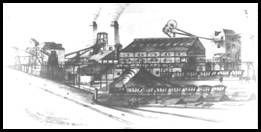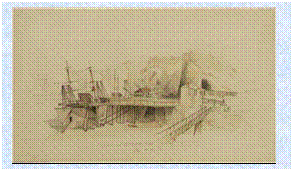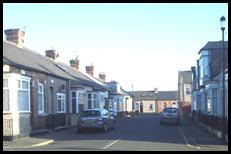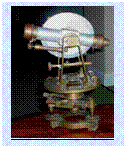
| | HOME | |
|
|
|
|
SOME DISTINGUISHED CHARACTERS AND INTERESTING PLACES PEMBERTON MAIN
The coal trade was becoming more and more important to the port and town of Sunderland and greater exploitation was being considered in areas nearer to this important outlet. Just to the north west of this unique iron bridge plans were being made and drillings taking place to facilitate the sinking of Pemberton Main colliery that started in 1826. Many doubted the wisdom of this undertaking but the owners said that rather than give up the venture “they would sink to hell and mine cinders” This colliery became unique as the first shaft to be sunk through the permian water bearing limestone and renowned as the deepest mine shaft in the world for a long period of time. German sinkers (the building & naming of Schimel Street, Frank Street etc in Southwick bear testament to their work) were brought in to use the new method of drilling a series of holes into the limestone, pumping in brine and freezing the surrounding area. This to facilitate the sinking of each separate section after which ”tubbing” would hold the water back section after section. Pemberton Main colliery changed to Monkwearmouth colliery, then finally to Wearmouth colliery.
|
Approved by the United Grand Lodge of England | Legal Notice







